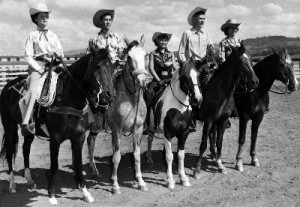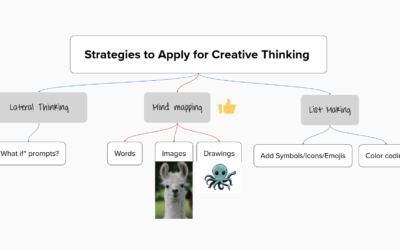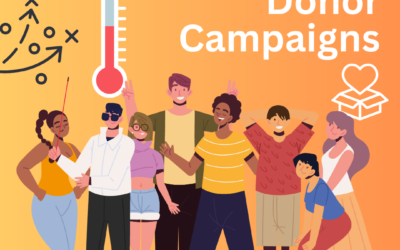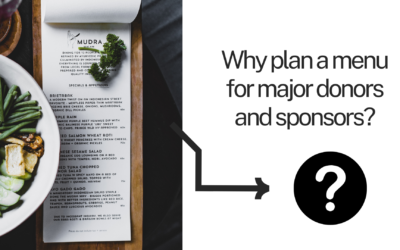 Every charity should have a home for distributing information on the Internet, and most often that is going to be a web site. There may be exceptions for very small organizations using things like GiveMN.org or Facebook to host content without any individual web page. Given the nearly-free price of having a web page, that will most often be the hub for nonprofit content.
Every charity should have a home for distributing information on the Internet, and most often that is going to be a web site. There may be exceptions for very small organizations using things like GiveMN.org or Facebook to host content without any individual web page. Given the nearly-free price of having a web page, that will most often be the hub for nonprofit content.
Or at least it should be.
Many nonprofits spend a great deal of time and energy creating a site, and then rarely update the content. The charity sends newsletters that can’t be retrieved from the website, or has events that are never listed. Those same resources are often posted on social media sites, which make it easy to create a short message or post. Generally speaking, those sites have much greater audiences than the home page anyway. There’s a few good reasons to reverse thinking about this, and to Post to Own Site, Syndicate Everywhere (POSSE).
- Create the content on your own website before it is published anywhere else to retain a level of control. Any content published first to a third party site is subject to the ever-changing terms of service. Facebook content, for example, belongs to Facebook. They may continue to let you share it elsewhere, but who knows what the future will bring. Charities that publish information on their own site and then share it will always have access to it later.
- Fresh content helps search engines direct new types of traffic to your site. Even short, date-sensitive materials can bring new people in to learn about your work, but it has to be there first. Once there, you can link back to it from your syndication sites (Twitter, Instagram, Tumblr, whatever…). This can also help drive new search traffic with your site as the original and authoritative space, and not a social network as the main publisher.
- Choosing only one or two outside sites for updates doesn’t keep all potential audiences in the loop. New supporters or potential clients hearing about a charity for the first time may visit a web site to learn more, or a Facebook page, or maybe even a Twitter account. A POSSE strategy ensures one canonical place where a new relationship can access the full picture. Remember, Facebook only shows followers a small percentage of organizational page posts. A web site provides control over keeping all content available.
Not every event or blog post will be appropriate to syndicate to absolutely every syndication site. Job listings will soar on LinkedIn, but cute puppy pictures will rule the day on Facebook. The important message of POSSE is to start with making sure every piece of original content has a home the nonprofit owns first, and then syndicate (almost) everywhere to where audiences spend their time.




